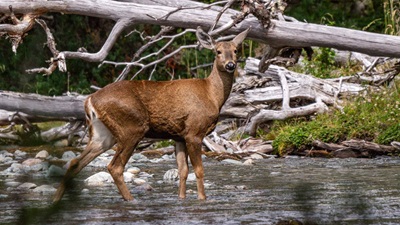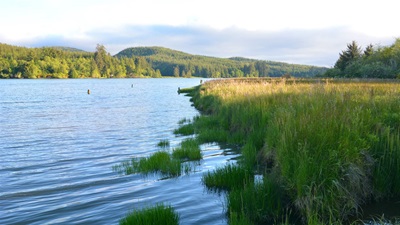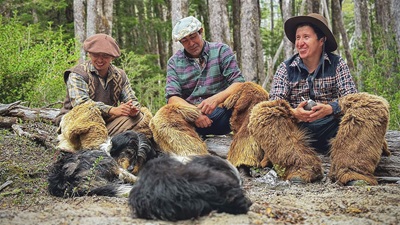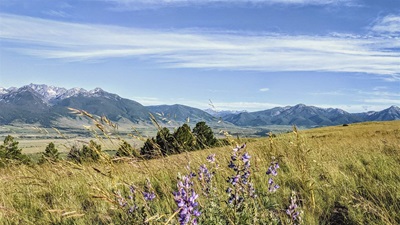National Park in Chilean Patagonia Joins Prestigious ‘Green List’ of Protected Areas
Chile is one of 25 countries with areas certified under this global standard, which measures conservation efforts’ efficacy
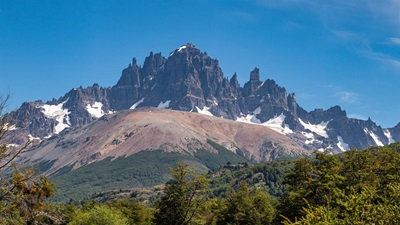
With a dazzling variety of terrain—from glaciers and shimmering lakes to snowy peaks and verdant forests—Chile’s Cerro Castillo National Park has become one of Chilean Patagonia’s most popular tourist destinations. Now, it’s getting global recognition: On Sept. 23, the park became the first protected area in both the country and the Southern Cone to be included on the International Union for Conservation of Nature’s (IUCN’s) Green List of Protected and Conserved Areas.
Known—and named—for its rugged, castle-like peaks, Cerro Castillo National Park, in Chilean Patagonia’s Aysén Region, is also home to one of the last populations of huemuls, the endangered south Andean deer, as well as puma and the llama-like guanaco. These unique features are a big part of what makes this park an area of great ecological, cultural, and scenic value, qualities now reaffirmed by this prestigious international certification.
IUCN created the Green List in 2012 to help governments and organizations raise management standards for protected areas. Certification is granted only to sites that meet rigorous standards for biodiversity conservation, management and governance, implementation, and more.
Chile’s path toward accreditation for Cerro Castillo began in 2021, with the participation of a group of implementing partners: Chile’s national forest service and protected areas agency (CONAF), the Universidad Austral de Chile’s Austral Patagonia Program, and The Pew Charitable Trusts, which provided technical assistance and worked closely with the IUCN.
CONAF Executive Director Rodrigo Illesca Rojas, referencing efforts by park management to strengthen conservation and the role that played in the IUCN designation, said, “We’re proud of our staff’s work. They showed that it’s possible to implement measures and improve systems to help protected areas attain international management standards.”
The park’s administrator, Mario Alegría, offered similar praise. “This protected area has made every effort to strengthen its management in various ways. We know this place isn’t perfect, but we’ve made real, tangible progress in efficient, effective management.” He also praised the rangers who tend to the area on a daily basis, noting that “They led this process with strong determination.”
In addition to Cerro Castillo, three other protected areas in the country are poised to join the Green List, including Vicente Pérez Rosales National Park—Chile’s first national park—which marks its centennial next year.
These recent achievements further strengthen Chile’s role as a regional leader in biodiversity protection and in advancing international conservation standards. They also reflect the professionalism and commitment of Chile’s protected area personnel, even in the face of limited financial resources.
Francisco Solís Germani directs The Pew Charitable Trusts’ Chilean Patagonia project.
